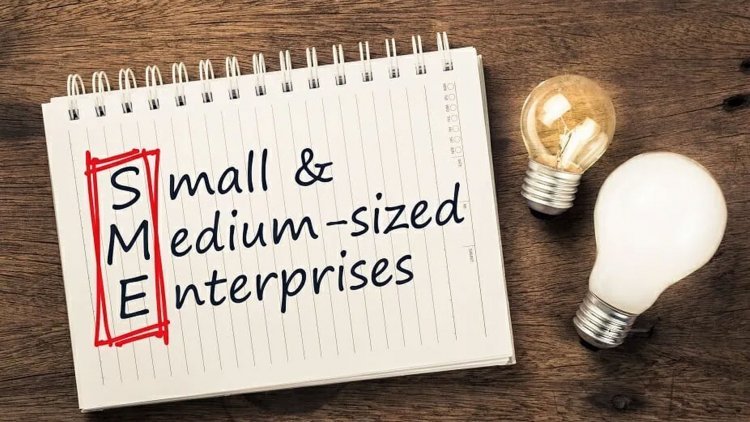Here's how SMEs can master business-to-business branding
Brand image, or how consumers perceive a product, is as important for an industrial goods company as it is for a fast-moving consumer goods company, and it is not difficult to achieve; read on to learn more.

Many business-to-business (B2B) marketers, particularly those in the small and medium-sized enterprise (SME) sector, are unfamiliar with branding. Why is it that B2B executives struggle with brand image but their consumer marketing counterparts seem to have no trouble with it?
Consumer marketers recognise that their brand image is one of their most precious assets, one that must be carefully managed and monitored. They will go to any length to safeguard their brand value, including taking dramatic actions like recalling a product in response to tainted or defective product complaints.
It's all about the brand image
Many consumer-product marketers have even given their brands a "personality" based on strategic selling characteristics that customers value—Dove and moisturised skin, Colgate and the whitest of teeth, Crest and no cavity, and so on.
B2B executives, on the other hand, continue to believe that their clients buy features and benefits rather than brand image.
Experts have differing perspectives on how to thrive in a world of parity products. For example, there is a five-step "parity ladder" in which breakthrough new items are developed first, followed by copycat competitors, and then some with important additional features that outperform the original.
Customers, on the other hand, will eventually find it increasingly difficult to distinguish between vendors. All products and services are fundamentally seen as equal at the fifth level, which is where the personal computer industry currently finds itself.
What is required is the development of a firm personality that customers will enjoy dealing with. Dell was able to grab the B2B market for computing products in this way.
"In a parity marketplace, the only real differentiating feature that a marketer can deliver to consumers is what those consumers feel about the firm, product, or service and their relationship with that brand," Don Schultz writes in his book Integrated Marketing Communications.
So, why is there so much uncertainty among B2B marketers? One factor could be that many industrial supply SMEs do not consider advertising to be strategic.
They demote it to the level of "doing brochures" within the organisation, and allocate it to bureaucratic managers with more essential responsibilities.
The closest marketing communication (MarCom) professionals come to branding is at the product level, and even then, it isn't well-thought-out.
Another issue that arises regularly is the issue of accountability measures. "Instead of focusing on an asset like a brand, too often 'fast-track' managers get caught up in day-to-day performance measurements that are immediately available," says David Aaker, author of Managing Brand Equity. Quarterly sales quotas, market share numbers, and stock prices are examples of this. Building images takes time, as we all know.
Or are salespeople deceiving marketers and SME owners by believing they can sell without respect for the brand's image?
Despite mountains of evidence demonstrating a link between a good image and things like market share, higher pricing, ROI, and profitability, many B2B executives are hesitant to invest in brand development. They end up allocating expenditures to more important items like product brochures and trade fair displays.
'Hat trick'
I'm not dismissing the importance of product literature and trade fair displays. I would advise SMEs to broaden their horizons to include image building programmes that will influence how prospective clients see product brochures and trade show promotions.
On the subject of brand image, I have a favourite quote: "The Hat Trick." It's the act of "getting out of your chair, putting on your hat, and going outside to see what the prospect wants."
My first work in advertising was doing on-the-ground research for a copywriter at a marketing firm. For a renowned tool maker, I went to hardware stores to speak with salespeople about power tools. Why did they suggest a specific brand? What did they think of my client's logo? What about the rivalry?
I then gave the copywriter the "who, what, where, when, and why" information, which he would use as the basis for his ad copy.
The missing puzzle piece
This, I believe, is the missing piece for B2B marketers. The vast majority of them never have the opportunity to speak with actual consumers or, in some situations, those who know genuine customers.
They will be more aware of branding possibilities and difficulties if they do so. The solution might be as simple as pulling B2B MarCom executives out of their offices and into a face-to-face meeting with real clients who will have real opinions on the company and its offerings.




 admin
admin 




















